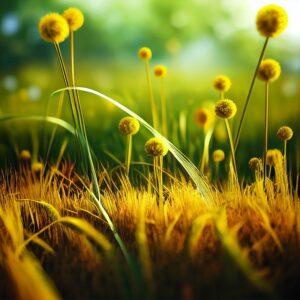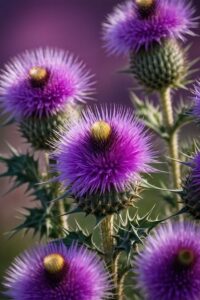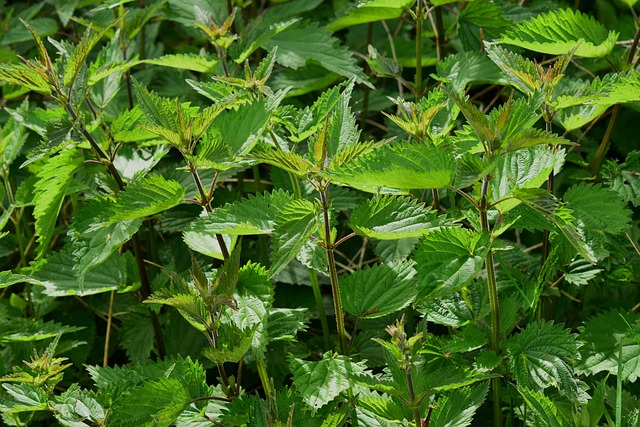
THCA buds, rich in THCA, offer an energetic and uplifting experience with potential benefits for pain relief, anti-inflammatory effects, and neuroprotection, while CBD buds are renowned for their calming and stress-relieving properties, effectively addressing anxiety and pain without a psychoactive high. When choosing between THCA bud vs CBD bud, consumers should consider their wellness goals, as each cannabinoid has unique advantages that can be utilized independently or in combination for enhanced therapeutic effects. Both THCA and CBD engage with the endocannabinoid system but exert different influences due to their distinct structures. The cultivation of these buds requires specific conditions and care, with THCA buds requiring a longer vegetative phase to maximize THCA levels and CBD buds necessitating precise temperature and humidity control for optimal yield and quality. Understanding the differences between THCA and CBD buds is crucial for users aiming to harness specific effects or therapeutic benefits from cannabis, and for growers looking to cultivate these distinct types of hemp flowers within legal frameworks. Both THCA and CBD have significant medical applications, with ongoing research further elucidating their potential benefits in both medical treatments and recreational use.
Explore the nuanced differences between THCA and CBD buds, two pivotal players in the cannabis landscape. This article dissects their origins, effects, and cultivation, offering a comparative analysis of THCA bud vs CBD bud. Whether you’re a seasoned grower or new to the scene, insights into how each type flourishes will inform your agricultural approach. Additionally, we delve into various consumption methods to highlight their distinct experiences. With legal markets evolving, understanding the medical and recreational implications of THCA and CBD buds is paramount for consumers and regulators alike. Join us as we navigate this rich terrain of cannabinoids.
- Understanding THCA and CBD Flower: A Comparative Analysis
- The Origins and Effects of THCA vs. CBD: What Sets Them Apart?
- Cultivation Considerations: Growing THCA and CBD Buds
- Consumption Methods: Exploring the Differences in Using THCA and CBD Flower
- Medical and Recreational Implications: The Role of THCA and CBD Buds in Legal Markets
Understanding THCA and CBD Flower: A Comparative Analysis
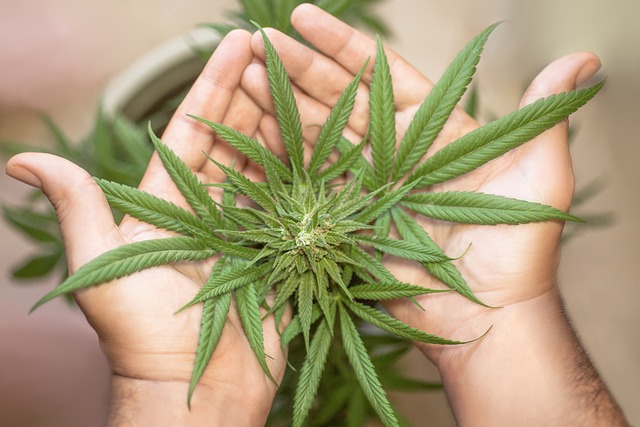
When exploring the world of cannabinoid-rich hemp flowers, discerning consumers often compare THCA buds to CBD buds due to their distinct effects and compositions. Tetrahydrocannabinolic acid (THCA) and cannabidiol (CBD) are two of the most prevalent cannabinoids found in hemp, each with its unique properties. THCA is the raw, non-psychoactive form of THC (tetrahydrocannabinol), which retains its full range of potential wellness benefits without the psychotropic effects associated with THC once it is decarboxylated—heated to become THC. On the other hand, CBD buds are abundant in cannabidiol, a non-psychoactive compound known for its calming and balancing properties.
THCA buds are often sought after for their potential to offer a more energetic, uplifting experience, while CBD buds are favored for their soothing, relaxing effects. The therapeutic benefits of THCA include pain relief, anti-inflammatory properties, and potential neuroprotective effects, making it a popular choice for those looking to enhance their physical or mental performance without the ‘high’ typically associated with THC. Conversely, CBD buds are celebrated for their ability to alleviate stress, anxiety, and pain, as well as support overall well-being. When comparing THCA bud vs CBD bud, it’s essential to consider the desired effect and individual sensitivity to each cannabinoid. Both have unique advantages and can be used independently or in conjunction with other cannabinoids for a more holistic experience. Users interested in experimenting with these hemp flower types should do so responsibly and according to their specific wellness needs and local regulations.
The Origins and Effects of THCA vs. CBD: What Sets Them Apart?
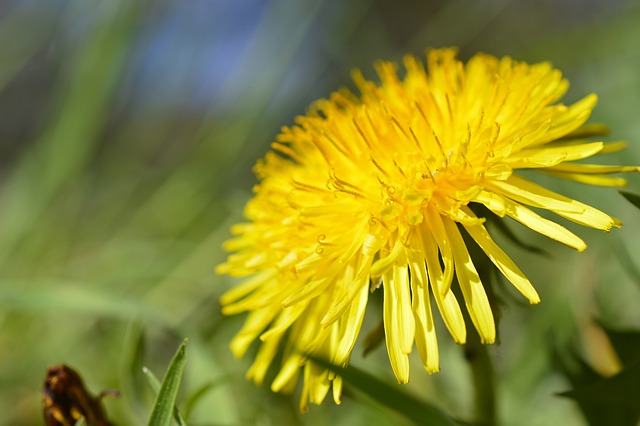
Delta-9-tetrahydrocannabinolic acid (THCA) and cannabidiol (CBD) are two prominent compounds found in the Cannabis sativa plant, each with distinct properties and effects. THCA is the raw, acidic form of THC, which is transformed into THC when exposed to heat or light. Conversely, CBD remains largely unaltered regardless of external factors. The origins of both compounds can be traced back to specific varieties of cannabis; the difference between THCA buds and CBD buds lies in their unique cannabinoid profiles.
THCA is known for its psychoactive properties when converted to THC, offering a range of effects from euphoria to pain relief, depending on the strain and dosage. It’s often associated with strains that are high in THC content. On the other hand, CBD buds provide therapeutic benefits without the psychotropic effects. They are celebrated for their calming properties, ability to alleviate anxiety, and potential anti-inflammatory properties. Both compounds interact with the body’s endocannabinoid system, influencing various physiological processes, but they do so differently due to their distinct chemical structures. Understanding the difference between THCA bud vs CBD bud is crucial for individuals seeking specific effects or therapeutic benefits from cannabis use.
Cultivation Considerations: Growing THCA and CBD Buds
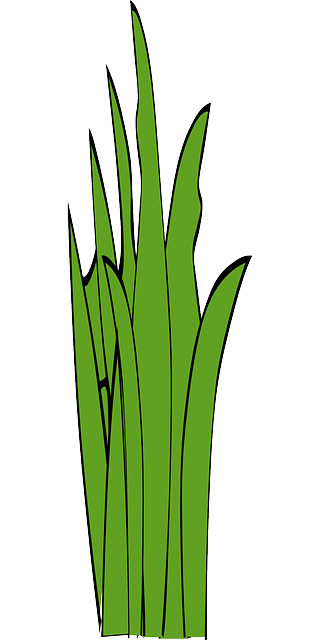
When cultivating THCA and CBD buds, understanding the distinct differences between the two is crucial for tailoring the growing conditions to their unique needs. THCA buds, which are the raw form of tetrahydrocannabinolic acid, possess a higher concentration of THC precursors compared to their mature counterparts. To optimize THCA production, growers should focus on extending the vegetative stage to allow more time for the development of THCa before flowering begins. This involves managing light cycles carefully, providing ample sunlight or high-intensity discharge (HID) lighting during the vegetative phase, and ensuring a consistent environment that supports robust plant growth.
Conversely, CBD buds are cultivated with a different emphasis, prioritizing the production of cannabidiol over its psychoactive cousin THC. The cultivation of CBD buds demands precise temperature and humidity control to prevent mold and mildew, which can diminish both yield and quality. Organic and sustainable growing practices are often favored for CBD cultivation due to the desire to produce clean and pure CBD-rich products. Additionally, understanding the genetic makeup of the strain is essential, as some genotypes naturally have higher levels of CBD. Growers should also consider the soil composition, nutrient ratios, and overall plant health to ensure the highest potency and purity of CBD in the buds. Both THCA and CBD buds require careful attention to detail throughout their lifecycle to achieve the desired cannabinoid profile, making the cultivation process a delicate balance between art and science.
Consumption Methods: Exploring the Differences in Using THCA and CBD Flower
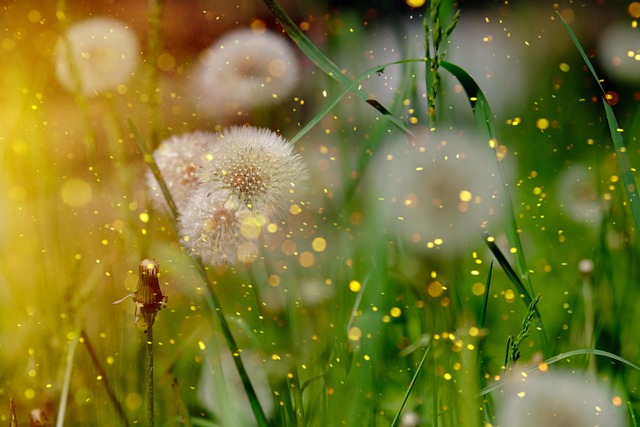
When exploring the world of cannabinoid-rich flowers, understanding the nuances between THCA and CBD buds is crucial for anyone interested in their effects. Both THCA (Tetrahydrocannabinolic Acid) and CBD (Cannabidiol) are prominent cannabinoids found in the Cannabis sativa plant, each with distinct properties and potential therapeutic benefits.
THCA buds, which are the raw, uncured form of the cannabis plant, contain higher levels of THCA compared to CBD. This means that when consumed, THCA buds can produce psychoactive effects, leading to a ‘high’ that is characteristic of marijuana. The psychoactive nature of THCA makes it particularly effective for those seeking relief from conditions like chronic pain, inflammation, and certain neurological disorders, as it may offer analgesic and anti-inflammatory properties. Consumption methods for THCA buds include smoking in a joint, vaporizing, or brewing into tea, each method releasing the THCA into THC (Tetrahydrocannabinol) through decarboxylation, the process of converting acidic cannabinoids like THCA to their neutral forms like THC.
In contrast, CBD buds are rich in CBD and have minimal psychoactive effects. They are often preferred by individuals who wish to experience the therapeutic benefits of cannabis without the high associated with THC. Consumption methods for CBD buds include smoking, vaping, or making CBD-infused oils and edibles. These methods allow users to harness the potential wellness effects of CBD, which are believed to include anxiety relief, improved sleep quality, and anti-seizure properties. Unlike THCA, CBD does not convert into a more potent form through heat, making its effects consistent regardless of the consumption method chosen. Both THCA and CBD buds offer unique experiences tailored to individual needs, with their respective methods of use enhancing the therapeutic and recreational value of cannabis. Understanding the differences between THCA bud vs CBD bud is essential for anyone looking to engage with these cannabinoids effectively.
Medical and Recreational Implications: The Role of THCA and CBD Buds in Legal Markets
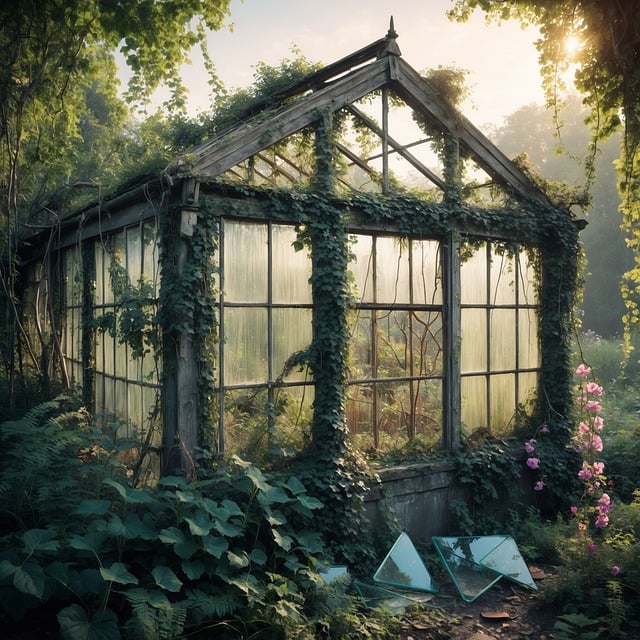
THCA, or tetrahydrocannabinolic acid, and CBD, or cannabidiol, are two prominent compounds found in the Cannabis sativa plant. In legal markets, both THCA buds and CBD buds have distinct roles within the medical and recreational realms. THCA buds, which are the raw form of cannabis that must be decarboxylated to become THC, the psychoactive component, are gaining attention for their potential therapeutic properties. Research indicates that THCA may offer neuroprotective and anti-inflammatory benefits, making it a subject of interest in medical applications. Meanwhile, CBD buds are celebrated for their non-psychoactive nature, which allows consumers to reap the therapeutic effects without the ‘high’. These buds are rich in CBD, a compound associated with managing anxiety, pain, and various other health conditions.
In the realm of medical implications, both THCA and CBD buds have proven beneficial. THCA is being studied for its potential to alleviate symptoms related to neurodegenerative diseases, multiple sclerosis, and nausea associated with chemotherapy. Concurrently, CBD has been incorporated into a variety of medical treatments due to its ability to reduce seizures in epileptic patients and provide relief from chronic pain without impairment. On the recreational front, THCA buds offer a different high compared to their decarboxylated counterpart, THC, often described as more clear-headed and less intense. CBD buds, on the other hand, can be used by individuals seeking the therapeutic effects of cannabis without the psychoactive influence. As legal markets continue to expand, the cultivation, sale, and research into both THCA and CBD buds are likely to unveil further benefits and uses, shaping their roles in both medical and recreational contexts.
When exploring the nuanced differences between THCA and CBD buds, it becomes evident that each offers unique benefits and experiences. From understanding their distinct origins and effects to the careful cultivation required to yield quality flowers, and the various consumption methods that highlight their individual properties, the comparative analysis underscores the importance of discerning THCA from CBD when engaging with cannabis products. Whether for medical or recreational purposes, the implications of both bud types in legal markets are significant, shaping both treatment protocols and consumer choices. Ultimately, a well-informed approach to THCA flower tips vs. CBD bud considerations can lead to a more personalized and effective experience within the cannabis realm.
